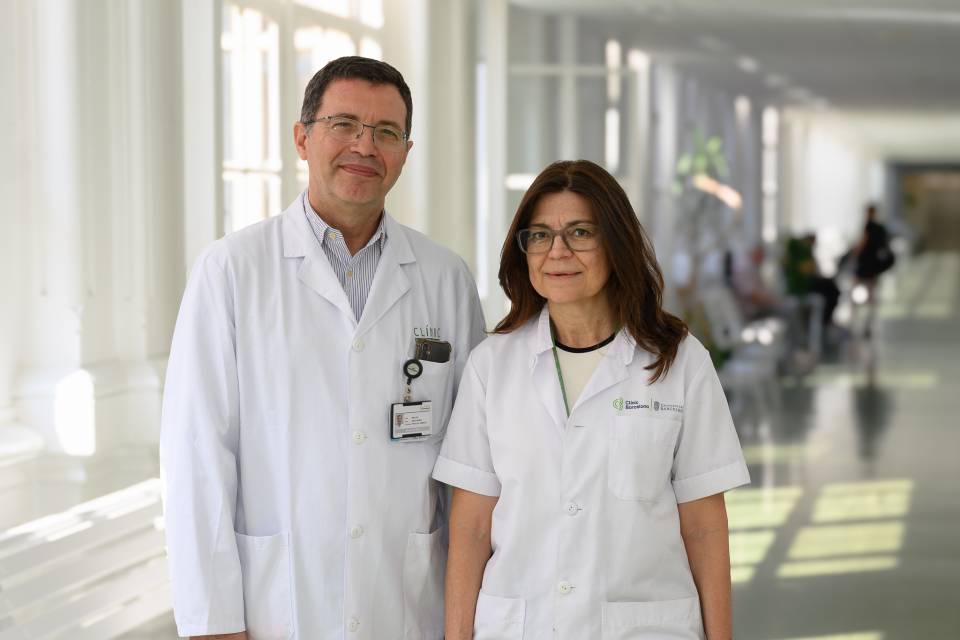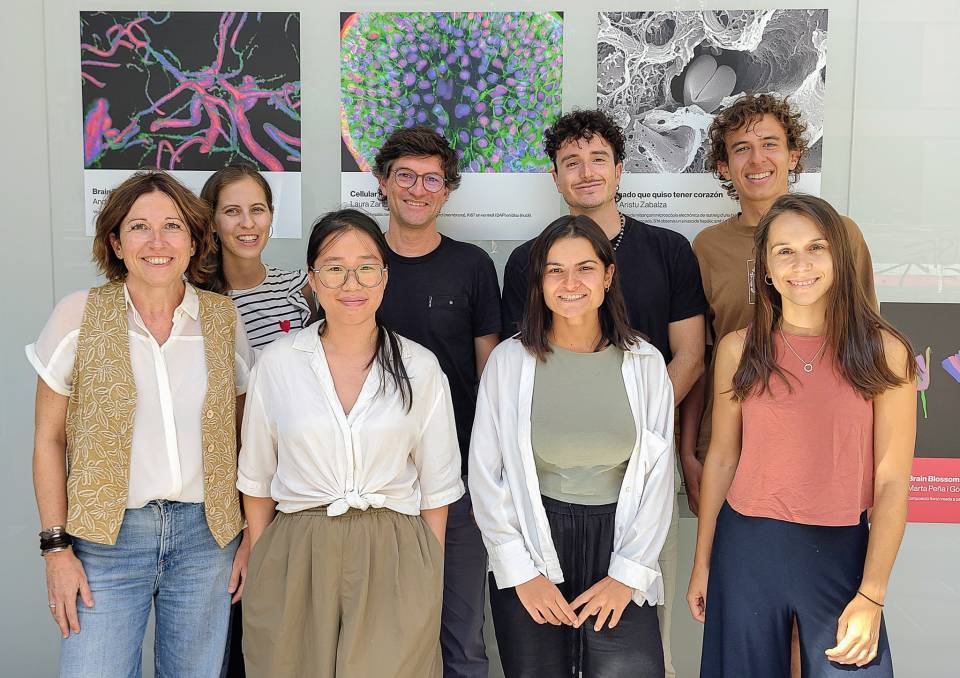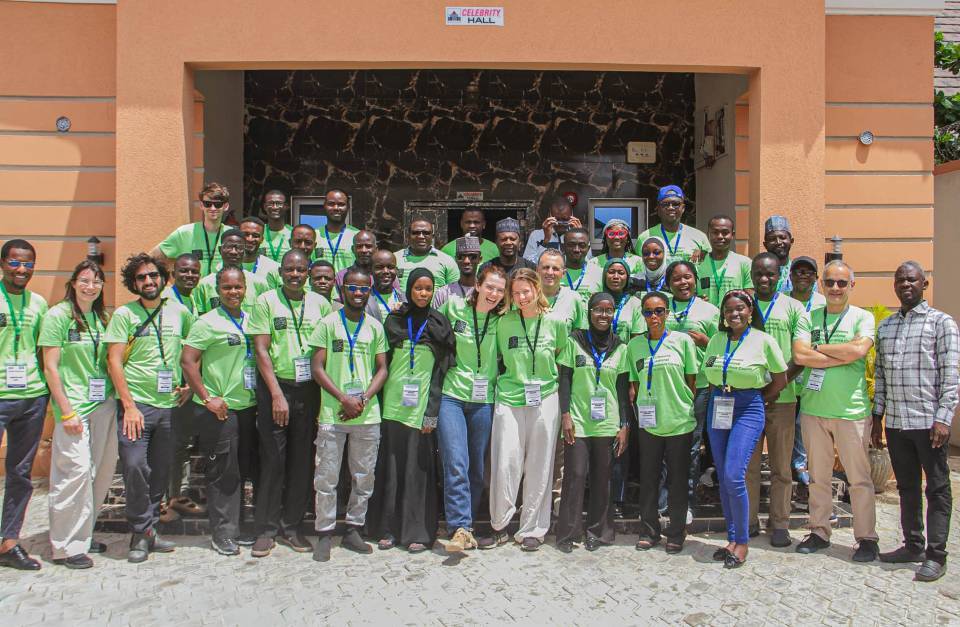A study carried out by specialists from the Dermatology Service of the Clínic Barcelona-IDIBAPS, measured the UV radiation lifeguards on Barcelona’s beaches were exposed to during a working day. Based on these measurements, it was concluded that the UV radiation received by the lifeguards far exceeds the safety limits. Therefore, these workers have a high risk of developing different types of skin cancer.
The article’s conclusions were presented today at a press conference with the participation of Dr. Susanna Puig, head of the Dermatology Service and head of the IDIBAPS Melanoma: Image, Genetics and Immunology group, and Dr. Josep Maria Nicolás, director of the Clínic’s Institute of Medicine and Dermatology.
With regard to the research, which was carried out in 2018, the radiation received by the lifeguards in their workplace was measured. During the study, the professionals used an observation chair specially designed for this function, and with a parasol on top. The measurements were taken at four different workstations, every 30 minutes from 10.45 am to 7.15 pm, over four days. Moreover, the doses received were analysed at different points, for example: left arm, right arm, backrest, footrest, etc.
With these data, the minimal erythema dose (MED) and the vitamin D production were calculated. The MED is the lowest amount of UV radiation that causes the skin to redden in the 24 hours following exposure. It varies according to the skin type established on the Fitzpatrick scale, which depends on the basal pigmentation of the skin and how it responds to sun exposure.

They received radiation values over 20 times the safe dose
It was observed that the lifeguards in their observation chair at post 3, with phototype II, received 16.39 times more radiation than the amount required to cause erythema (redness) on the right arm. Moreover, direct exposure to the sun (outside the work chair) caused the phototype II lifeguards to receive 22.8 times the radiation needed to cause erythema.
At 2 pm during the months of June and July, the dose required to cause reddening of the skin was reached in just 18 minutes.
In this study, only four workstations were evaluated, but 72 measurements of UV radiation were taken, a number far higher than those in most published works. Moreover, the description of the UV radiation received at the work chair provides previously unpublished data that can improve the health of workers.
This research confirms that lifeguards in Barcelona are at high risk of excessive sun exposure and sunburn. Moreover, they receive levels of UV radiation that exceed the occupational guidelines proposed by the International Commission on Non-Ionizing Radiation Protection.
According to Dr. Susanna Puig, “just as we would find it unheard of for an operator to work without protective equipment such as goggles, gloves or a helmet, or for a radiographer not to protect himself/herself from X-rays, solar radiation should be taken into equal consideration when it comes to ensuring the safety of workers”.
Based on these results, it was suggested that observation chairs should be replaced by booths with UV-protective glass. This measure was implemented in 2021.
Occupational risk in outdoor professions
Although the health risks of UV radiation are known, many outdoor workers currently receive doses that are harmful for their health. Exposure to ultraviolet (UV) radiation is associated with the incidence of melanoma and non-melanoma skin cancer. It is estimated that 90% of skin cancers can be prevented using appropriate sun protection, wearing hats and protective clothing, and avoiding the sun during the peak hours.
The lack of proper photoprotection has been studied for some outdoor professions, including, in addition to lifeguards, farmers, fishermen, mountain guides, etc.
Studies are still needed to establish recommendations on UV dose limits as related to occupation. These should include more precise measurements in the workplace. Progress in this area is a priority, in order to improve safety measures in the workplace.
Study reference:
Giavedoni P, Combalia A, Espinosa N, Aguilera J, Puig S. Exposure to UV Radiation in Lifeguards on Barcelona's Beaches: An Underestimated Occupational Risk. Actas Dermo-Sifiliográficas. Volume 115, Issue 5, May 2024, Pages T466-T474. https://doi.org/10.1016/j.ad.2024.02.023




